
Bustling playgrounds and cheerful passersby characterise the scenic paths of Budapest’s City Park on an average weekday afternoon. Wandering through the winding trails, your eyes catch a glimpse of a new, stylish building with a plant - covered roof: the Museum of Ethnography. Its extravagant design makes it a great location for a casual chat with friends. This is the building of the Museum of Ethnography fancy not only from the outside but the inside, which hides the real attraction.
The recently - just almost a year - finished building currently entertains curious visitors and art lovers alike with both temporary and permanent exhibitions. The current permanent exhibition is called “Zoom - A Change in Perspectives” and aims to guide patrons through the process of moving from a chaotic state of a primordial explosion to eventually reaching the right order.
Entering from the heart of City Park, we can immediately see the museum's lovely souvenir shop on the left. Here, there is everything that pleases the eye and mouth. In addition to souvenirs related to current exhibitions, a variety of local treasures can also be found. For instance, you can find unique Hungarian ceramics, hope chests with folk motifs, belts from the Transylvanian Kalotaszeg, as well as old, authentic rag dolls in various traditional costumes. But those who prefer practical items can also find all kinds of goodies, such as water bottles, children's memory games, and various craft kits hiding a little detail about folk culture.
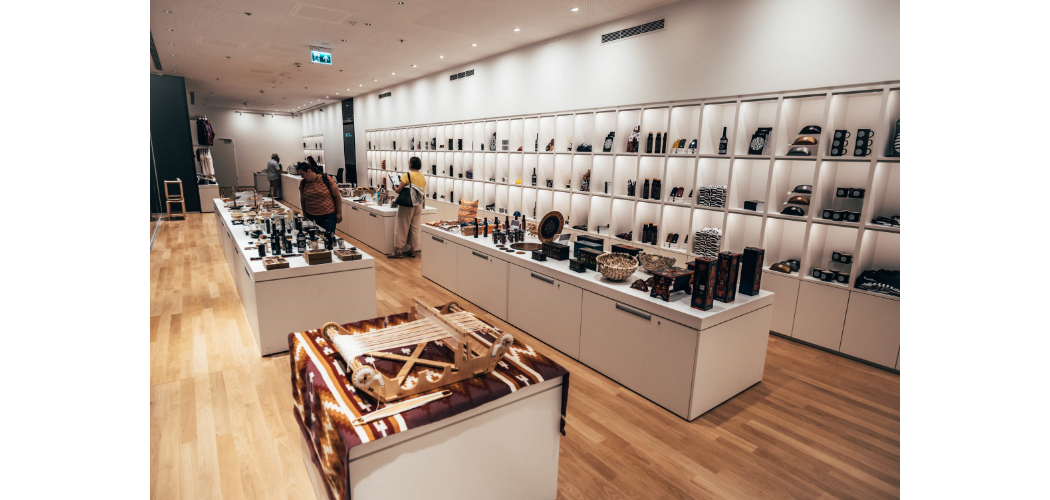
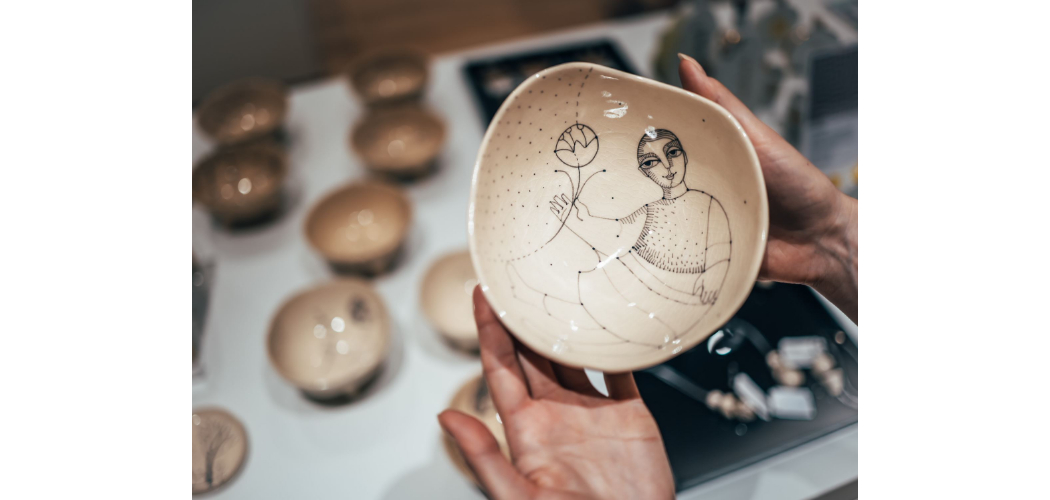
Leaving the little shop behind (if you can) and walking along the main corridor, we come across the Ceramics Space - Ceramics of the World, which houses a unique international collection of pottery and answers the question of “Why should we collect ceramics?” You can see that they all represent a different world. Each of the 35,000 pieces in the collection coming from five continents pays tribute to a particular culture and brings together communities just like clay. This is a fascinating topic if you want to have a closer look at folk cultures.
Only a few people know that this collection is free of charge because the museum's corridor provides an open passage for passersby, accompanied by a small dog as well.
For those interested in uppercase exhibitions, they will be greeted by the Around the World in 365 Images photographs after passing through the huge glass door. Pictures from all aspects of life, ages and places around the world. This collection presents faces in their simplicity, but do we see the everyday and the honest in these raw pictures? Do we recognise ourselves? These thoughts can linger in our minds as we browse through the pictures.
After the portraits you find yourself next to another jumbled sight: the Big Bang showcase. Different objects in a pile have an incredibly strong effect on the visitor. Each object wants to say something different, and they almost interrupt each other. There is a dissonance, yet they want to create a museum galaxy collection together. Items here include embroidered shirts, Oceanic masks, shaman drums, and a Nativity scene as well.
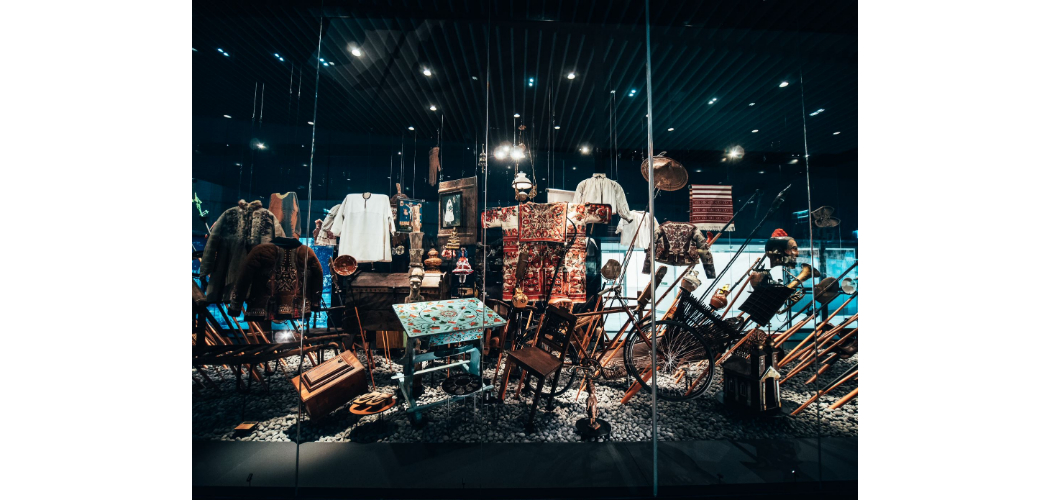
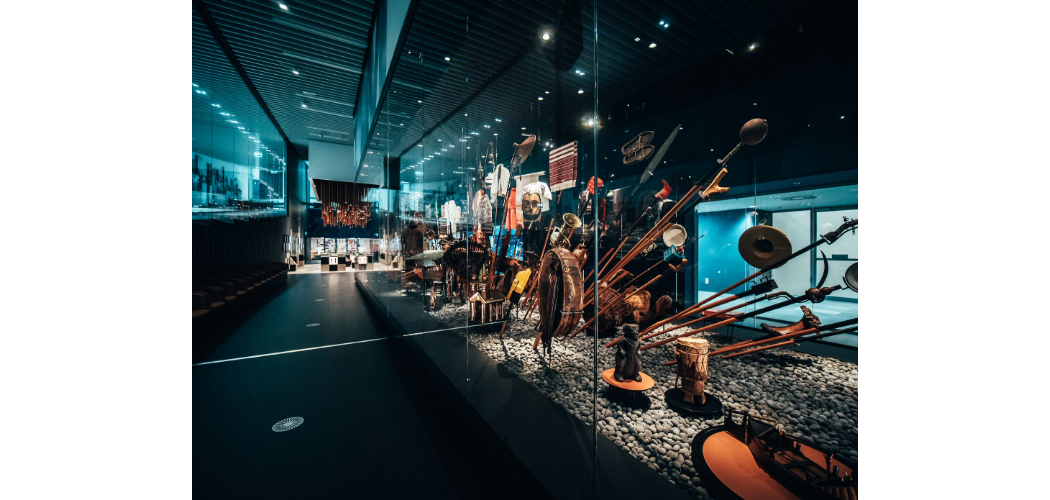
Upon leaving the permanent collection, it’s worth taking a look at the temporary exhibitions as well, one of which is called “Chair Pairs”. This is a kind of contemporary study of chairs, presenting special seating arrangements that can function as chairs. At first glance, this sounds very simple, but if you think about it, there are so many ways to sit - is there a suitable chair for each one? Among the 17 exhibited pieces made from different materials, you can find, for example, a Meat Hook Bench, a PVC Chair, and a Galvanized Chair.
But if you want to see an exhibition that includes more items there is always something to find. The other temporary collection at the Museum of Ethnography is called “We Have Arrived”, bringing the museum's past and present to life.
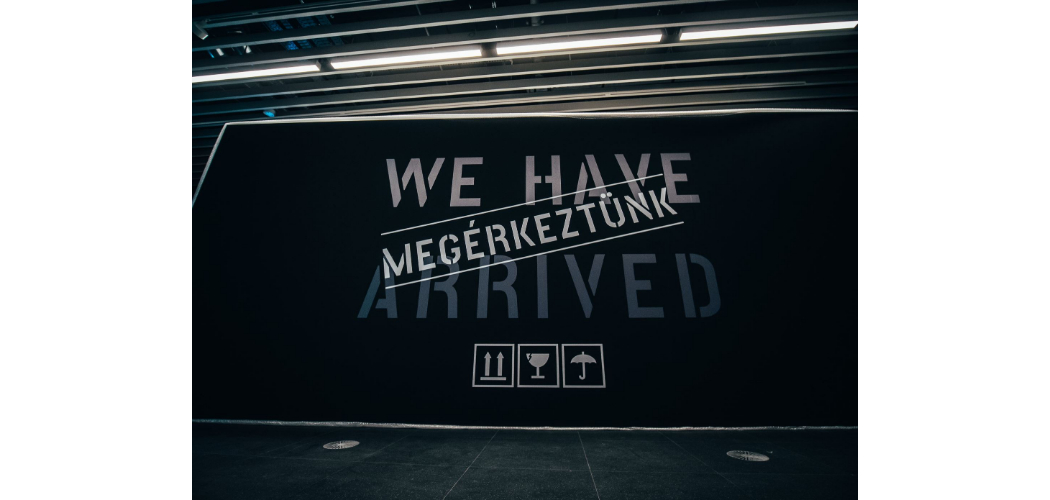

Here, you can find art objects from the 19th century as well as from the latest collections. The topics reflect on the ordinary aspects of everyday life such as Identity, Covered Head for women, Wedding, but you can also see a Baja Fishing Net from Hungary’s countryside and a Samurai Sword.
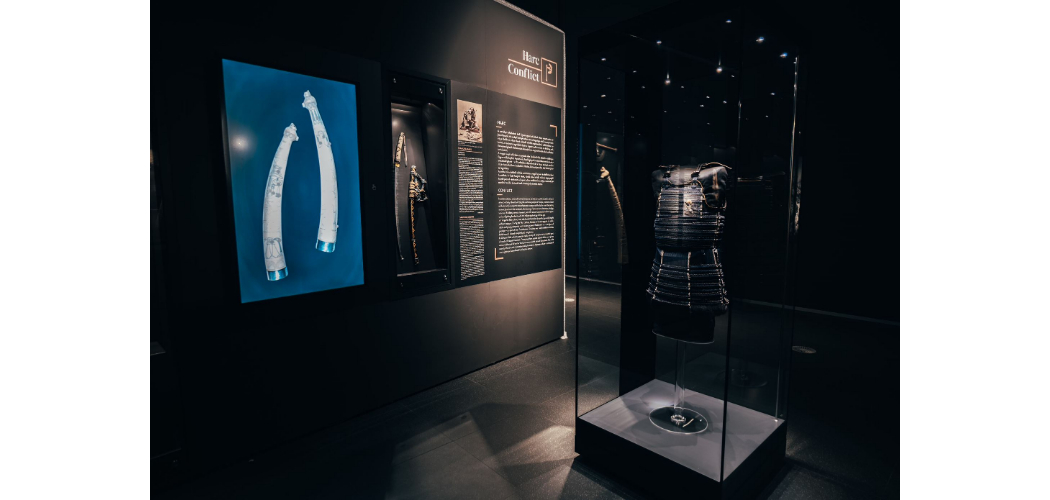
Visitors can learn more about iconic pieces from Europe, the Carpathian Basin, and other continents here. All of this is presented from a personal perspective by the museum's curators, through their individual experience and professionalism in the description next to the objects.
Upon leaving the museum, you might feel that one visit is not enough, and you need to come back to have enough time experiencing the diversity of perspectives presented here.